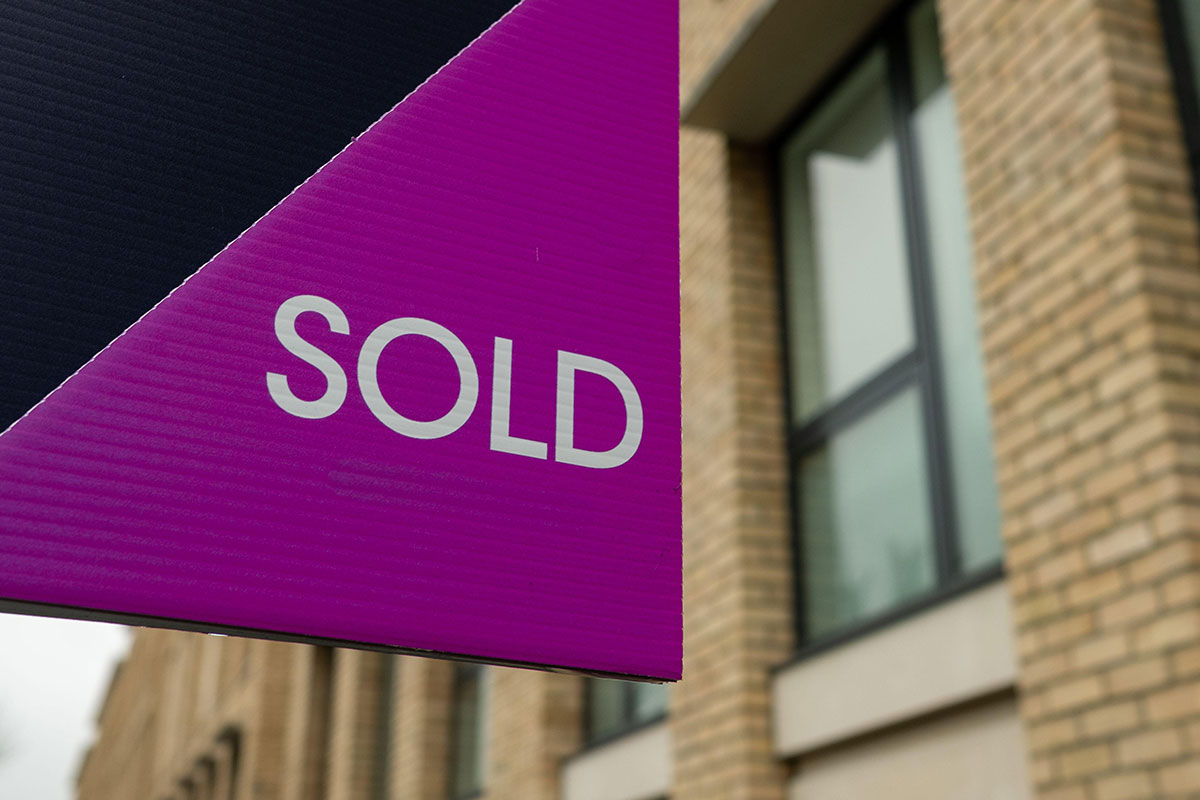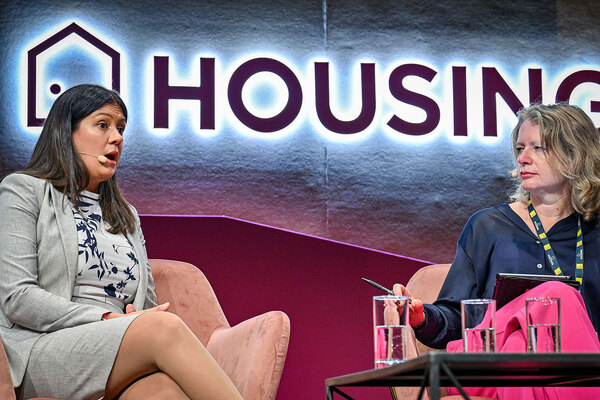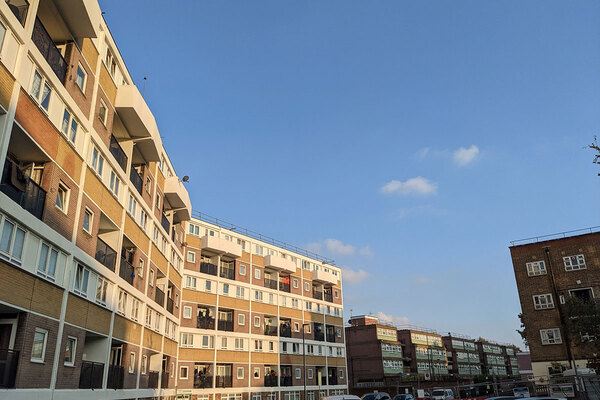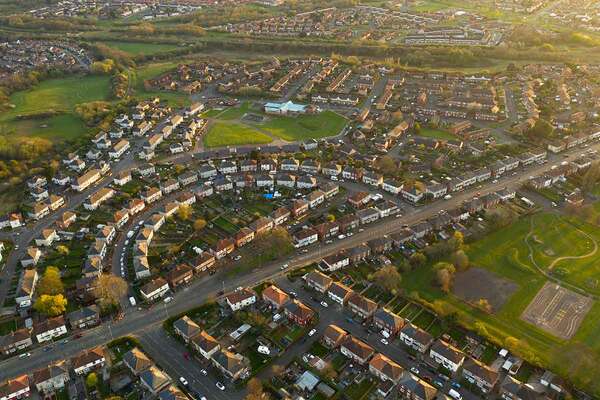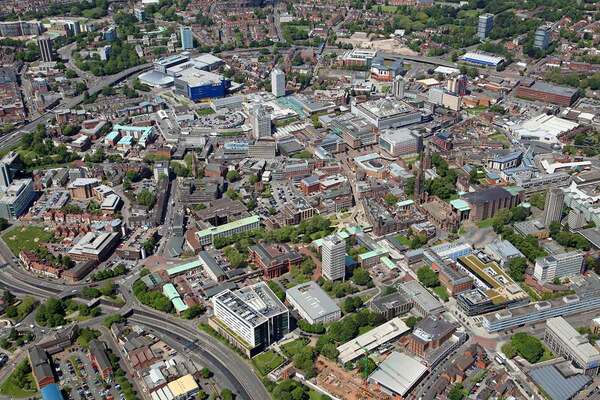You are viewing 1 of your 1 free articles
Would scrapping Right to Buy solve the housing crisis?
Shakespeare Martineau’s Louise Drew argues that the Right to Buy scheme needs to be reformed rather than scrapped
The Right to Buy scheme was introduced almost 45 years ago. However, it seems to have caused a huge amount of controversy in recent weeks.
Labour mayor Andy Burnham has likened the scheme to trying to “fill a bath with no plug” and called for it to be paused in Greater Manchester, in light of the ongoing housing crisis.
But would simply scrapping Right to Buy be the quick fix many are hoping for, or could the scheme be reformed to serve councils and communities better?
There is no doubt that Right to Buy has contributed to a decline in the amount of of social housing across the country.
Between its implementation and the end of March 2023, over two million homes were purchased through the scheme, yet financial pressures facing local authorities have meant that a huge number of these was not replaced.
In fact, of the 10,896 homes sold through the scheme between 2022 and 2023, only 3,447 were replaced, leading to a bigger deficit, longer waiting lists and overwhelmed councils. The future doesn’t look much brighter, as research by Marrons, the planning consultancy, calculates that a further 385,887 social homes will be lost by 2040.
While there is an undeniable correlation between the Right to Buy scheme and the decline in social housing stock, the message that many have taken away is that scrapping the scheme will be a quick fix for the housing crisis. Unfortunately, this is not the case.
Local authorities are grappling with extreme financial challenges. Polling in February 2024 found that one in 10 councils in England have warned that they will go bankrupt in the next year.
Compound this with inflation, Brexit and skills shortages skyrocketing the price of labour and materials in the construction sector, and building new homes has become impossible for many councils.
Simply scrapping the Right to Buy will not change this, nor will it lessen the existing deficit.
Right to Buy was founded with a great intention: to give families who live in social housing – some of whom have lived there for generations – the opportunity to purchase their home, thereby providing them with equity and security.
Buying a home is well established as a goal in British culture and there is often a stigma attached to those in state-provided housing. Therefore, can it be right to deny people the opportunity to purchase a home, knowing that this may leave them with no other option?
Making small reforms to Right to Buy will continue to give people this option while also maintaining a much-needed supply of social housing stock.
First, financial incentives are crucial to properly support local authorities to build and maintain social housing.
In 2011, the Homes and Communities Agency (HCA) stopped providing grants for social housing and instead opted to give grants for affordable rent.
Naturally, the number of affordable rent properties increased, while the number of social housing units decreased. Arguably, this change has significantly contributed to the social housing deficit, and should be reversed.
Second, the system needs to be better safeguarded against potential abuse. The New Economics Foundation, the thinktank, found that 40 per cent of council houses sold through Right to Buy are now owned by private landlords.
There have been cases of unscrupulous investors shoving leaflets through tenants’ letterboxes promising to put up the initial funding in return for the ownership being transferred to them after five years, when the council no longer needs to be repaid.
These ruses are often set up with terms that are hugely favourable to the investor, in addition to them being able to purchase the house at a large discount and go on to resell it at its market rate to bring in a huge profit.
Meanwhile, the tenant is often left with no home at all and is required, once again, to register for social housing.
In response, the Housing Forum has called for restrictions on houses sold through Right to Buy, to prevent them from being let out once purchased.
While this would solve one particular problem, it does not ensure that the system is entirely protected.
Transparency over where the tenant’s funding is from is critical to preserving the system. There have been cases where family members have acted in the same manner as unscrupulous investors and taken advantage of a social housing tenant.
To mitigate these circumstances, there needs to be a ‘lifetime guarantee’ upon sale that the tenant will remain in the property until it becomes unsuitable for their needs.
Right to Buy, while broken, is not beyond repair. Scrapping the scheme entirely would prevent thousands of tenants from ever being able to own their home and arguably deepen wealth inequality in the country.
It would not solve the housing crisis. Local authorities need a comprehensive overhaul to the way social housing is planned, funded and built. Every part of the process needs to be carefully considered and reformed to improve the system as a whole.
A knee-jerk reaction to scrap one scheme that only applies to a proportion of social housing stock will not have the impact desperately needed to fix the broken housing system and properly support both social housing tenants and councils.
Louise Drew, partner and head of building communities, Shakespeare Martineau
Sign up for Social Housing’s comment newsletter
New to Social Housing? Click here to register and sign up to our comment newsletter
The comment newsletter brings you a fortnightly selection of specialist opinion, guidance, and political and economic commentary, from a unique range of leading experts.
Already have an account? Click here to manage your newsletters.
RELATED

